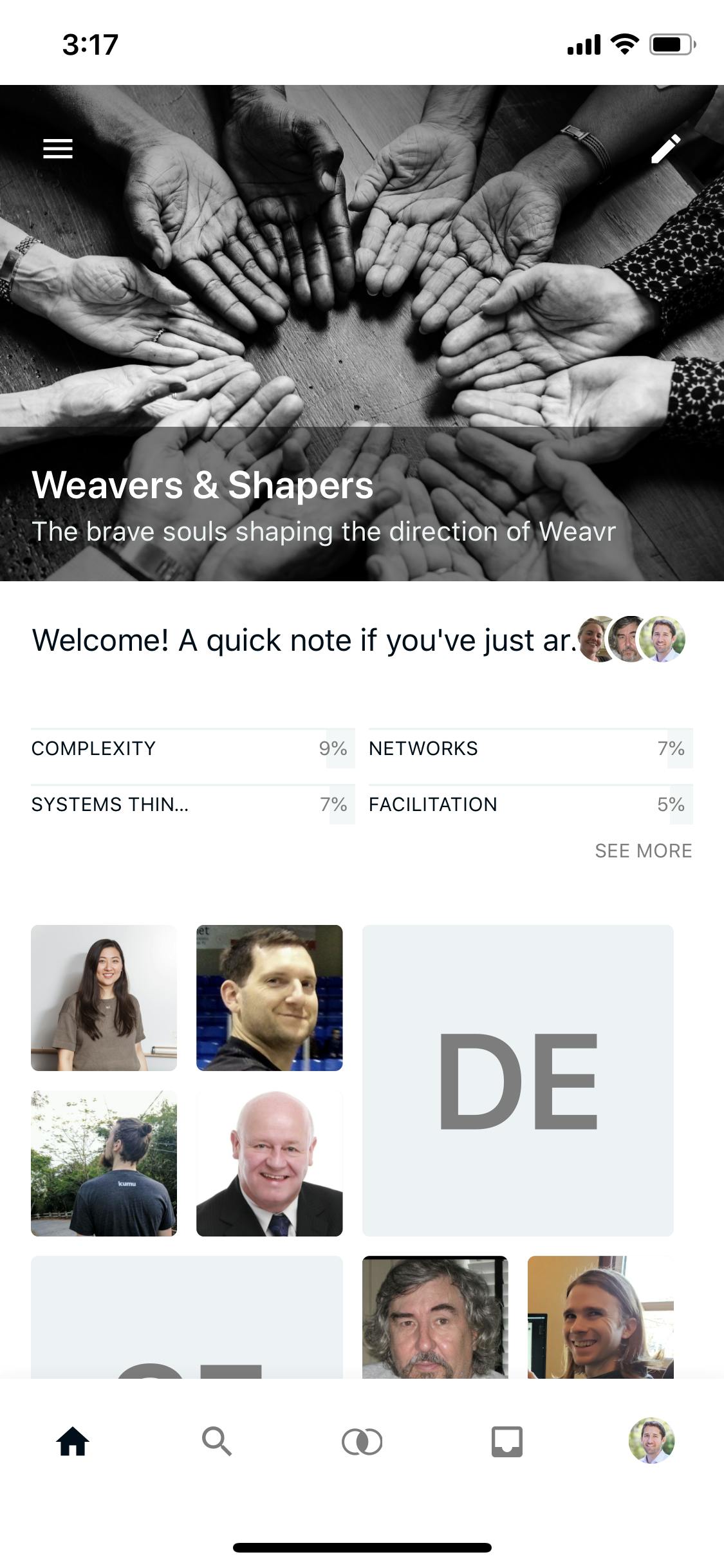Introducing direct decorations
One thing that sets Kumu apart from many other mapping tools is its ability to create data-driven decorations. Data-driven decorations are rules that tell Kumu how to style your map based on underlying field values. While data-driven decorations are powerful, they can be a bit overkill for simpler maps. Enter direct decorations!

You''ll now find a toolbar whenever you hover over individual elements, connections, and loops, allowing you to quickly apply decorations specific to that item while avoiding the mental overhead of a more data-driven approach. Even better, you can use this toolbar to quickly edit the label or add a type.
Learn all about direct decorations with our new help guide.
Wondering when to use data-driven versus direct decorations? Read Alex''s guide.
---
COVID-19 and the new WFH reality
We hope you and your loved ones are healthy and safe in light of the COVID-19 pandemic. Given how many aspects of life the virus and our response to the virus has affected, now seems like a ripe opportunity for deep exploration of the various second and third order effects we are already seeing and might anticipate. Alex on our team has pulled together this presentation looking at how the lens of vicious, virtuous, stagnating, and stabilizing loops are helpful in making sense of COVID-19 implications.
Given that many of you usually run in-the-room participatory processes in the creation of your system maps, we''re also looking at what it might take to support real-time functionality within Kumu (a la Google Docs or Mural). One experiment we plan to run involves a participatory front-end that allows you to collect upstream and downstream factors in real-time. Send us a note if you''re interested in being part of the experiment!
---
Getting serious about the how of systems change
by Rob Ricigliano
The systems change field has reached a milestone: the issue is no longer whether systems change is needed to address big challenges, such as poverty or the climate crisis, but how to implement a complex-systems approach.
Unfortunately, many of us have evangelized the need for systems change while understating the difficulty of the challenge. When I started working with organizations of The Omidyar Group (TOG) in 2014, I glossed over the practical difficulties of building a system-change organization, and that naivety certainly added to the cost of doing so.
Recently, I was asked, "what do you know now about systems-change organizations that you wished you knew back in 2014?"? Here is how I answered that question.
Read the full post on In Too Deep
---
Weavr now supports direct messages
Weavr is a platform built by the team at Kumu to support your network''s impact. Use Weavr to strengthen relationships, share learnings, and make the most of your network''s most valuable asset: its people.
We recently added support for direct messages, making it easy to connect with others privately without having to turn to email or other platforms. We''ve also made it easier to see patterns in interests of everyone in your network, as well as adding support for more targeted, multi-segment searches.

Have a community that might benefit from Weavr? Send us an email.
---
Our favorite complexity links
Second order effects of coronavirus
Why conservation needs a new way to scale
Another way is possible
How systems thinking can transform journalism
?



